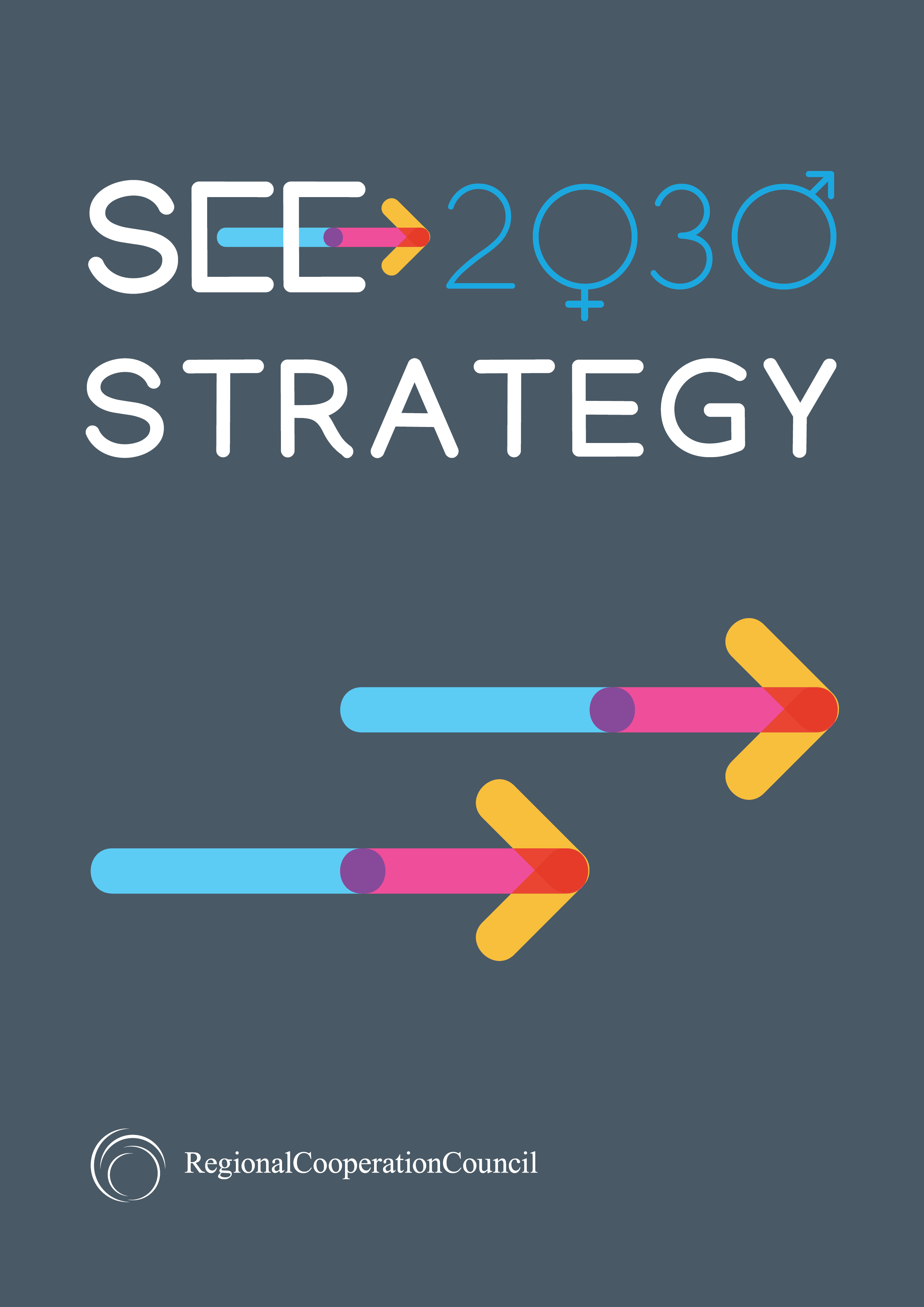Home > Indicators
Prosperity of the SEE Region
| Priority / Target | Indicator | UN SDG Indicator | Sources of verification |
|---|---|---|---|
| 1 / I | Annual growth rate of real GDP per capita | 8.1.1. | SEE Statistical Authorities |
| 1 / II | Agriculture, forestry, and fishing, value added per worker | n.a. | World Bank, OECD, ILO |
| 1 / III,IV,V | Merchandise trade (exports and imports) volume disaggregated by regions/country groups and classification of goods (by HS chapter level) | n.a. | SEE Statistical Authorities |
| 1 / III,IV,V | Time Release Studies per selected transport corridors connecting the SEE Region to the maritime ports having higher international connectivity | n.a. | SEE Customs Authorities, |
| 2 / VI | Renewable energy share in the total final energy consumption | 7.2.1. | IRENA, Integrated energy and climate progress reports, in line with Governance Regulation 2019/1999 as adapted and adopted for the Energy Community (NSIs, Eurostat) |
| 2 / VI | Renewable energy investment trends and financial flows per technology, instrument, investor | n.a. | IRENA, ECS |
| 3 / VII | Number of economies that adopt and implement national disaster risk reduction strategies in line with the Sendai Framework for Disaster Risk Reduction 2015?2030 | 11.b.1., 13.1.2. | Ministries of Foreign Affairs of SEECP Participants |
| 3 / VII | Proportion of local governments that adopt and implement local disaster risk reduction strategies in line with national disaster risk reduction strategies | 11.b.2., 13.1.3. | Ministries of Foreign Affairs of SEECP Participants |
| 3 / VIII | Proportion of population by income levels, sex, and age under insurance coverage against the natural disasters risk by insurance sector | n.a. | SEE Statistical Offices or the Insurance Associations of SEE |
| 3 / VIII | Direct and indirect economic losses caused by natural disaster compared to insured losses | n.a. | Ad-hoc survey in SEE, EM-DAT International Disaster Database |
| 4 / IX | Percentage of households with a broadband internet connection; (EUROSTAT) | n.a. | NSI, Eurostat, SEE Regulatory Authorities responsible for Electronic Communications |
| 4 / IX | Proportion of individuals using the Internet | 17.8.1. | SEE Statistical Offices |
| 4 / IX | Percentage of individuals using the internet for interacting with public authorities; (EUROSTAT) | SEE Statistical Offices | |
| 5 / X | (a) Number of commercial bank branches per 100,000 adults and (b) number of automated teller machines (ATMs) per 100,000 adults | 8.10.1. | SEE Statistical Offices, Banks Associations of SEE |
| 5 / X | Proportion of adults (15 years and older) with an account at a bank or other financial institution or with a mobile-money-service provider | 8.10.2. | SEE Statistical Offices, Banks Associations of SEE |
| 5 / X | Share of total loans to private Sector per total assets | n.a. | the Banks Associations of SEE, the European Bank Federation |
| 5 / X | Share of total loans by credit institutions to GDP | n.a. | Banks Associations of SEE, the European Bank Federation |
| 5 / X | Number of green products and services offered by financial institutions | n.a. | Banks Associations of SEE |
| 5 / X | Proportion of green financial products/services to total financial products/services (in %) | n.a. | Banks Associations of SEE |
| 5 / X | Proportion of household financial transactions to disposable income (according to OECD definition) | n.a. | SEE Statistical Offices, Banks Associations of SEE, |
| 5 / X | Proportion of loans for education, health, energy efficiency and green transition at household level in total loans of the credit institutions | n.a. | SEE Statistical Offices, Banks Associations of SEE |
| 5 / X | Gross expenditures on research and development | n.a. | SEE Statistical Offices, EUROSTAT |
| 5 / X | Innovation ranking | n.a. | SEE Statistical Offices, European Innovation Scoreboard |


